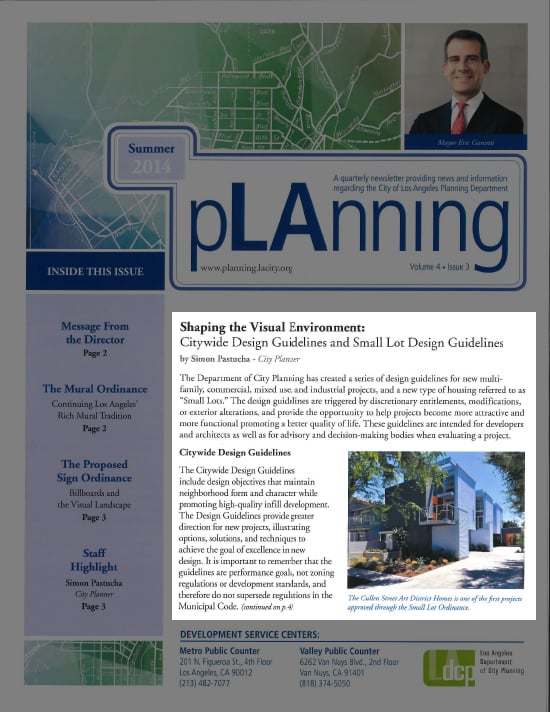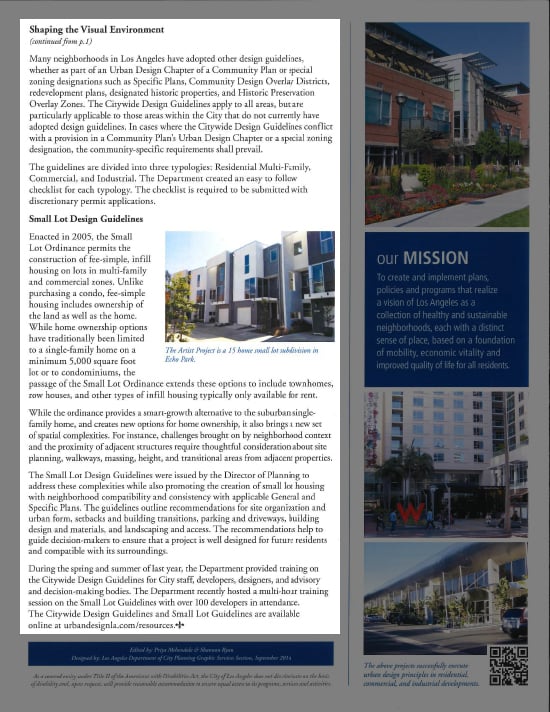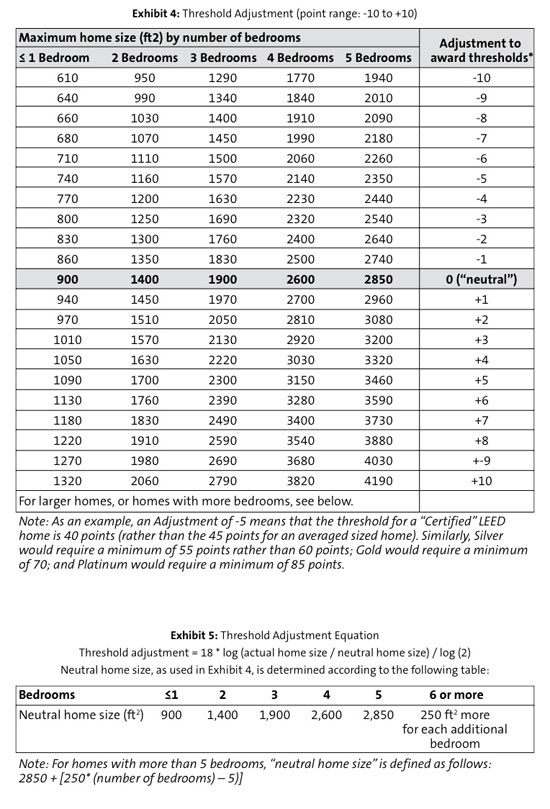From news reports to personal experiences, we are all now very aware that the real estate world has cooled dramatically, however, the dip in property price and increase in foreclosures has brought about a new round of opportunity. Those who are willing and able to gobble up these affordable properties are in a good position to reap the benefits in the long run. Unfortunately, however, in the last few years, we've seen plenty of mistakes in buying property that could have been avoided with a bit of help from an architect.
Utilize an Architect's Experience
People often falsely assume that they must own a property before contacting an architect. This can be a difficult error to overcome. Architects have experience in understanding zoning codes that affect the value and buildability of the property.
But My Broker Told Me...
There are many great real estate brokers out there, but there are also many not so good. Remember that a broker's end goal is to sell you a property and collect a commission. This often leads to giving you the most favorable view of a property in hopes that you'll close the deal quick and easy. Most brokers will do a very superficial code search on a property, but the problem is that zoning codes are not always so simple, nor are they the only factor in determining the development value of a property.
Beyond the Codes
Although a thorough zoning code check is an important first step, architects have experience beyond just an understanding of the codes. They can typically give you a quick idea of what the site will allow based on other factors or costs.
To give you a better feel of some potential pitfalls, let's look at a few examples that we've experienced:
Client Scenario A - Parking Counts
A few years back we had a young client named Greg come to us with a property in Los Angeles that was zoned RD2 (a multi-family zone). Greg had already purchased this property under the assumption from his real estate agent that he could develop a four-unit condominium on the property.
In theory this was correct. The RD2 zone allowed a density of one unit for every 2,000 square feet of property and the property was 8,500 square feet in size. So yes, the code allowed four units, but there were other factors at play. The configuration of the lot, and the city's parking requirements made it impossible to properly park a four unit condo on the site. Although it may have worked with underground parking, the cost of going underground given the size and layout of the lot would have made the project infeasible.
So after analyzing all of this for Greg, we determined at most he could do a three-unit condominium. The development numbers didn't add up, so Greg had just purchased a property that was of little value to him. If he had contacted us sooner, we could have warned him and he could have found a better suited property or negotiated the price of that property down until it made financial sense.
Client Scenario B - Hillside
In Los Angeles, the search for cheap lands often leads to the hills. Not the glamorous cliff hanging homes one thinks of, but leftover raw land with severe slopes. A young couple, Claire and Sam came to us a while back with one of these lots in mind. Their broker brought this property to their attention because it was cheap and had nothing built on it yet. To Claire and Sam it seemed like a dream property. The cheap land would allow them to build the small modern home they had been dreaming of.
Fortunately, Claire and Sam called us when they found this property. Aside from not meeting code requirements to build what they wanted, we explained to them that the added foundation costs to build on an unstable hill like this far outweighed the potential savings of the cheap land. Needless to say, they didn't purchase this particular hillside mess. We like to think that our quick advice saved them from this big financial mistake.
Free Research by an Architect
Not all scenarios are like this. These two just highlight some potential mistakes that can be made without getting an architect's help early in the process.
To help prevent some of these property purchasing pitfalls, we have added a free zoning code search to our web site. This service is available to current property owners and people searching for property in the Los Angeles area. Learning about a property's zoning code is an important first step in any potential project. A step that we are trying to make a little easier and more accessible.









